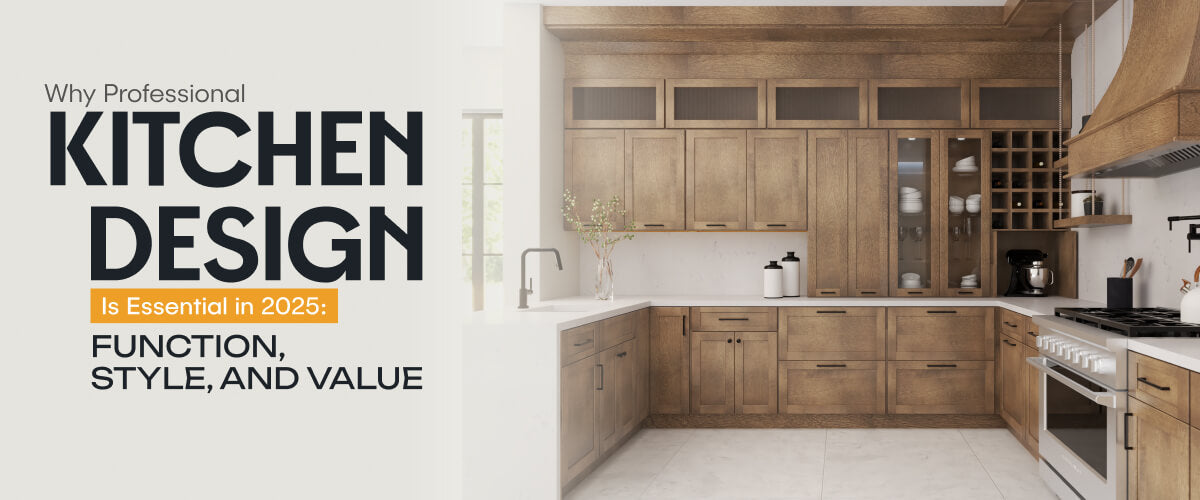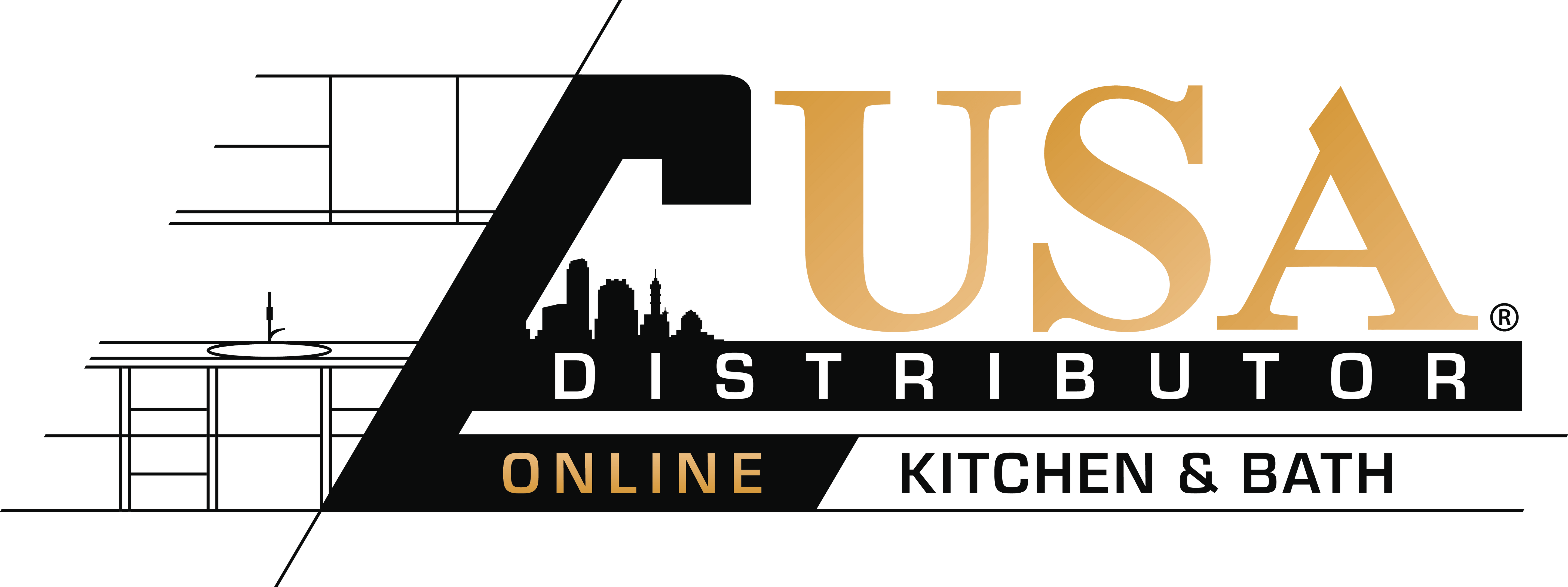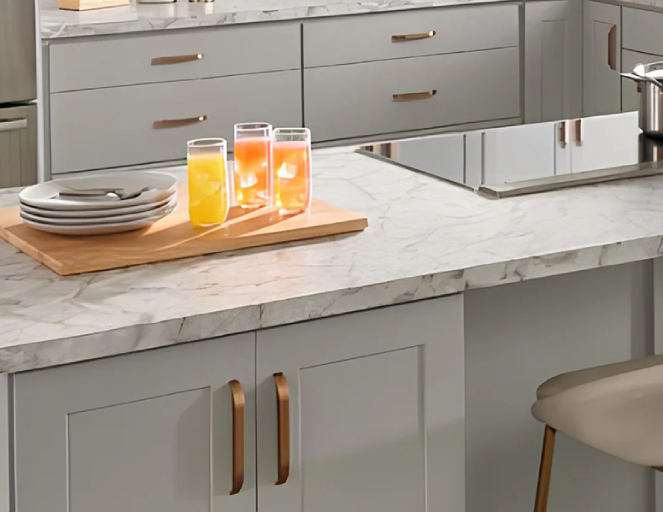
Why Professional Kitchen Design Is Essential in 2025: Function, Style, and Value
In today’s fast-paced world, the kitchen is more than just a space to prepare meals—it’s the heartbeat of the modern American home. With evolving household needs, technology, and lifestyle preferences, the demand for professional kitchen design in 2025 has never been more relevant. Homeowners aren’t just looking for style—they need efficiency, smart storage, and adaptability. This shift is driving a strong preference toward hiring a professional kitchen designer to plan and execute a kitchen remodel with precision.
The Evolution of Kitchen Spaces in 2025
A few decades ago, kitchens were closed-off rooms with basic utilities. In 2025, they’ve evolved into multifunctional hubs—blending cooking, socializing, working, and even learning. Open-plan layouts, smart appliances, and integrated home technology are influencing design decisions. A kitchen designer today doesn’t just focus on cabinetry or colors; they bring a holistic view to how your kitchen should function, look, and feel for years to come.
The modern kitchen must balance form and function, and achieving that balance without professional guidance can be overwhelming. That’s where a professional kitchen designer plays a critical role.
Key Benefits of Professional Kitchen Design
1. Tailored Layouts for Real Life
One of the primary reasons to work with a professional kitchen designer is the ability to create layouts tailored to your lifestyle. Whether you're a busy parent who needs quick access to everyday items or a home chef who needs seamless flow between prep, cook, and clean zones, a professional can assess your space and suggest configurations that truly make sense.
Many DIY remodels fail to account for movement, storage ergonomics, or appliance clearance. A professional kitchen design eliminates these mistakes by focusing on user flow, kitchen zoning, and efficient cabinet placement.
2. Access to High-Level Industry Knowledge
The kitchen industry is constantly innovating. In 2025, popular trends include sustainable materials, energy-efficient appliances, and hybrid work-kitchen layouts. A professional kitchen designer keeps up with these updates, ensuring you don’t miss out on the latest solutions—like anti-microbial surfaces, AI-assisted appliances, or modular cabinetry that evolves with your needs.
This knowledge can be the difference between a trendy kitchen that looks good for a year and a timeless design that stays relevant for a decade.
3. Visualizing Ideas with Advanced Tools
Getting kitchen inspiration from Instagram or Pinterest is fun, but translating that into a working plan is complex. With professional help, you can get 3D renderings, virtual walkthroughs, and material previews—all of which help you envision the final outcome clearly.
The good news? Many companies now offer free kitchen design consultations as part of their services. This low-risk opportunity gives you insight into layout possibilities, budget planning, and material choices without any upfront investment.
4. Efficient Use of Space and Storage
Storage is everything in modern kitchens. Whether you're working with a compact condo or a spacious home, maximizing storage without compromising design is a skill honed by professionals. A professional kitchen design incorporates vertical storage, corner solutions, and multi-functional cabinetry that blend into the aesthetic without crowding the space.
With kitchen sizes decreasing in urban areas across the U.S., intelligent design has become more important than ever.
5. Budget Optimization
A common myth is that hiring a professional kitchen designer is expensive. In reality, professionals can save you money. How? They help you avoid costly mistakes, recommend cost-effective alternatives, and prioritize spending on elements that deliver the most impact.
With labor and material costs fluctuating in 2025, knowing where to splurge and where to save is essential—and that’s exactly what a seasoned designer brings to the table.
Tech-Forward Design: The 2025 Advantage
Another reason homeowners are leaning toward professional kitchen design is the seamless integration of smart technologies. From motion-sensing faucets to smart ovens with meal suggestions based on dietary needs, today’s kitchens are smarter—and more complex.
Professional designers understand how to wire and accommodate these elements, keeping both aesthetics and functionality intact. Attempting to integrate smart devices during a DIY kitchen remodel often leads to compatibility issues or costly rewiring later.
Sustainability as a Standard
In 2025, sustainability is no longer an option—it’s a priority. Whether it’s using responsibly sourced wood for cabinets, energy-efficient lighting, or low-VOC paints, a professional kitchen designer understands how to incorporate sustainable choices into your remodel. This ensures that your kitchen isn’t just future-ready in terms of technology, but also environmentally conscious.
Trends in Professional Kitchen Design for 2025
Here are a few standout trends that professional designers are focusing on this year:
-
Hidden Storage and Appliances: Sleek aesthetics with appliances built into cabinetry for a cleaner look.
-
Layered Lighting: Combining natural light, ambient LED lighting, and task lights for a cozy yet functional atmosphere.
-
Mixed Materials: Think matte black mixed with warm wood tones, or stainless steel blended with terrazzo surfaces.
-
Flexible Islands: Islands that double as dining tables or workstations.
-
Smart Layouts: Design strategies focused on reducing steps between cooking, prepping, and cleaning.
These aren’t just trends—they’re strategic upgrades best handled by a professional kitchen designer who understands how to apply them effectively.
Free Kitchen Design Services: Worth Exploring?
Many U.S. distributors and retailers are offering free kitchen design consultations in 2025 to compete in the booming home improvement market. This is a golden opportunity to get expert insights at no cost, especially if you're unsure about starting a kitchen remodel. While the services may vary in depth, they usually provide initial layouts, style recommendations, and budget estimates—perfect for getting started.
That said, make sure you're working with a certified or experienced kitchen designer. The difference in results between an amateur and a pro is night and day.
What to Expect When Working with a Professional Kitchen Designer
If you're hiring a designer this year, here's how the process usually unfolds:
-
Initial Consultation – Discuss your needs, space, lifestyle, and vision.
-
Measurements & Site Visit – Accurate measurements and inspection of structural limitations.
-
Design Drafting – Preliminary layout options and concept visuals.
-
Material & Finish Selection – Selection of cabinetry, countertops, flooring, and fixtures.
-
Final Plan & Budget – Confirmation of scope and costs before build-out begins.
With this collaborative process, your kitchen remodel is less stressful, more predictable, and far more rewarding.
Is It Worth It? Absolutely.
In 2025, the kitchen isn’t just a room—it’s a statement about your lifestyle. Investing in professional kitchen design means you’re not just paying for someone’s time—you’re investing in efficiency, aesthetics, durability, and resale value.
Hiring a professional kitchen designer turns a generic remodel into a tailored transformation that enhances daily living. And with more free kitchen design resources available today, there’s never been a better time to upgrade smartly.
Whether you're planning your first kitchen remodel or considering an upgrade from a decade-old setup, working with a professional is a game-changer. With access to cutting-edge ideas, deep industry knowledge, and a keen eye for form and function, the benefits speak for themselves.


































































































